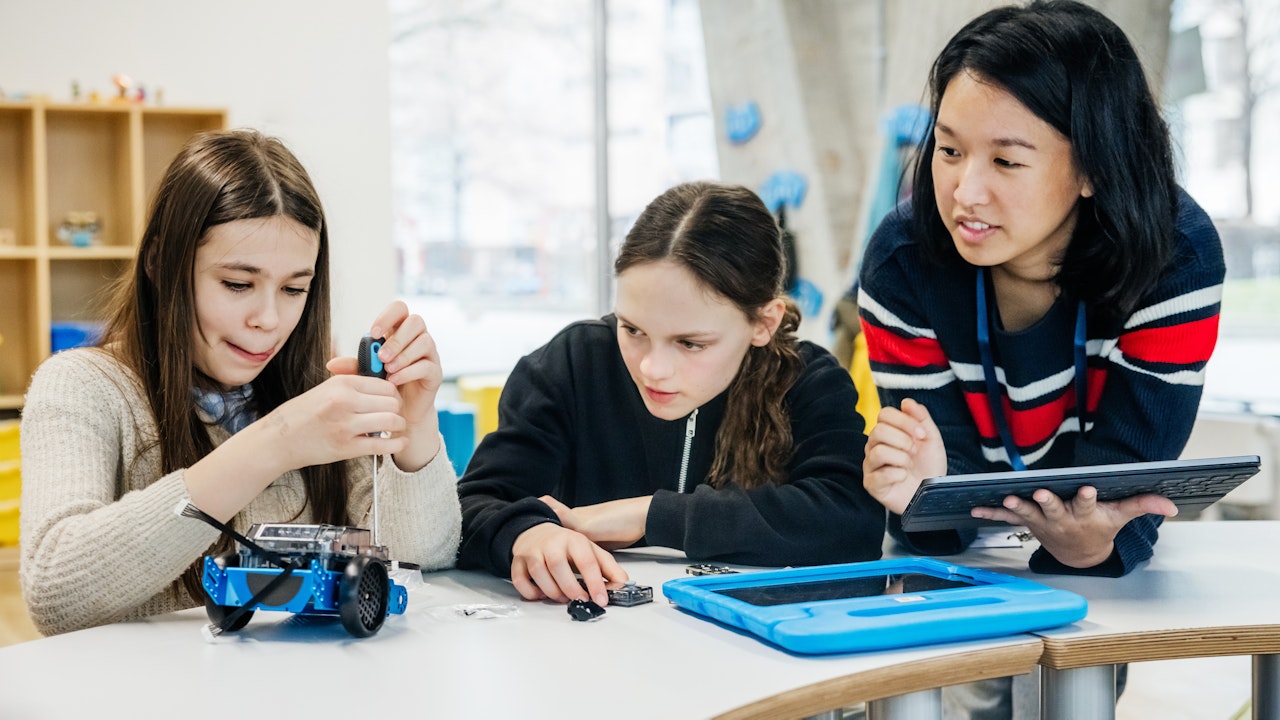Homepage
•
Learning Library
•
Blog
•
3 Ways To Support an Effective Digital Learning Environment
Expand breadcrumbs
Expand breadcrumbs
- Learning Library
- Blog
- 3 Ways To Support an Effective Digital Learning Environment
- Homepage
- •
- Learning Library
- •
- Blog
- •
- 3 Ways To Support an Effective Digital Learning Environment
3 Ways To Support an Effective Digital Learning Environment
By Rick Cave
December 13, 2023








